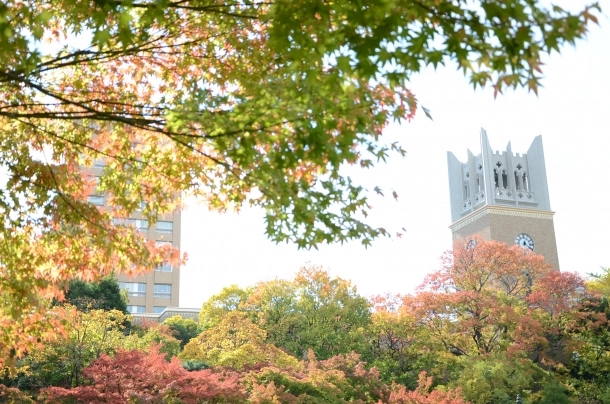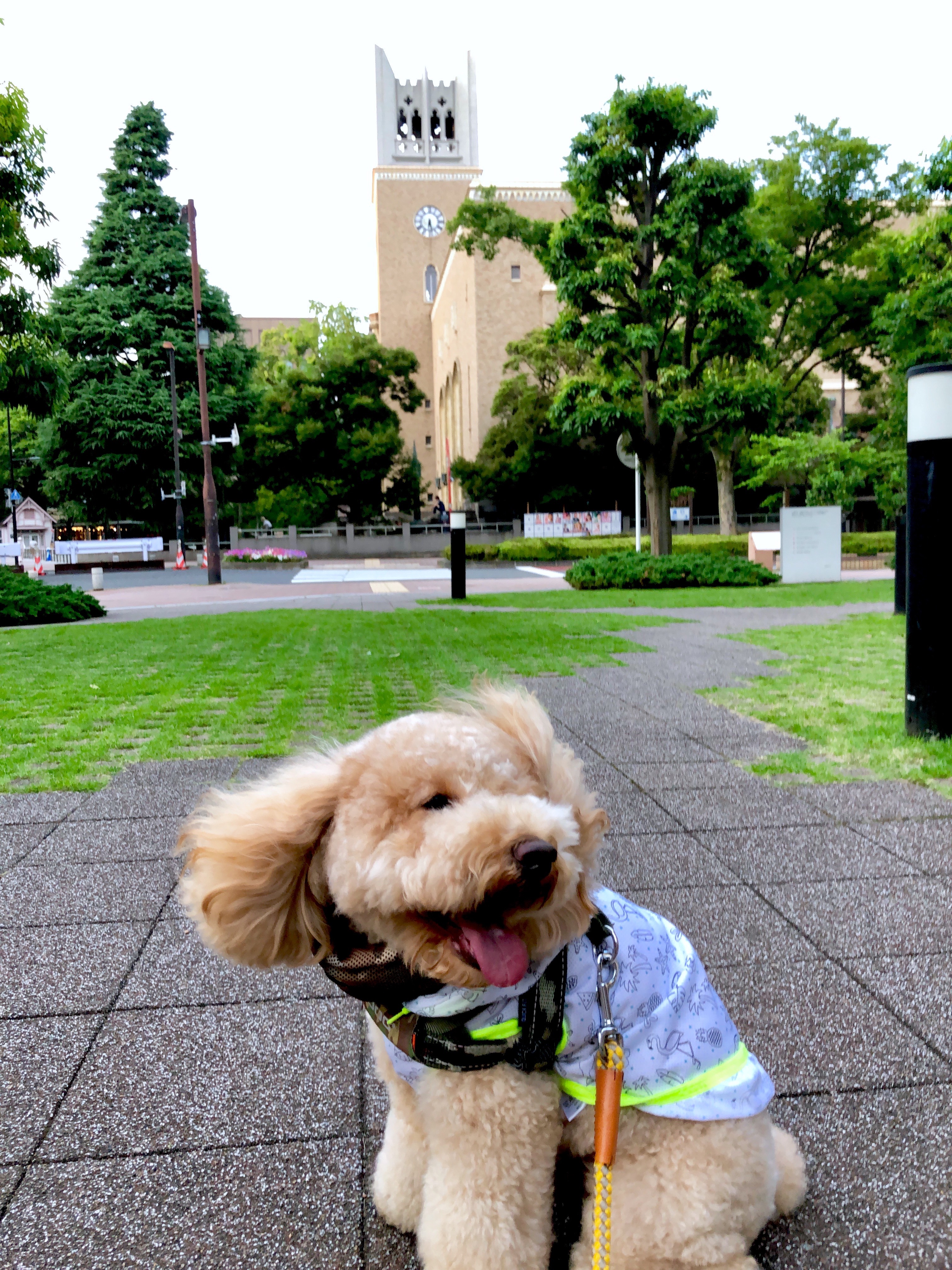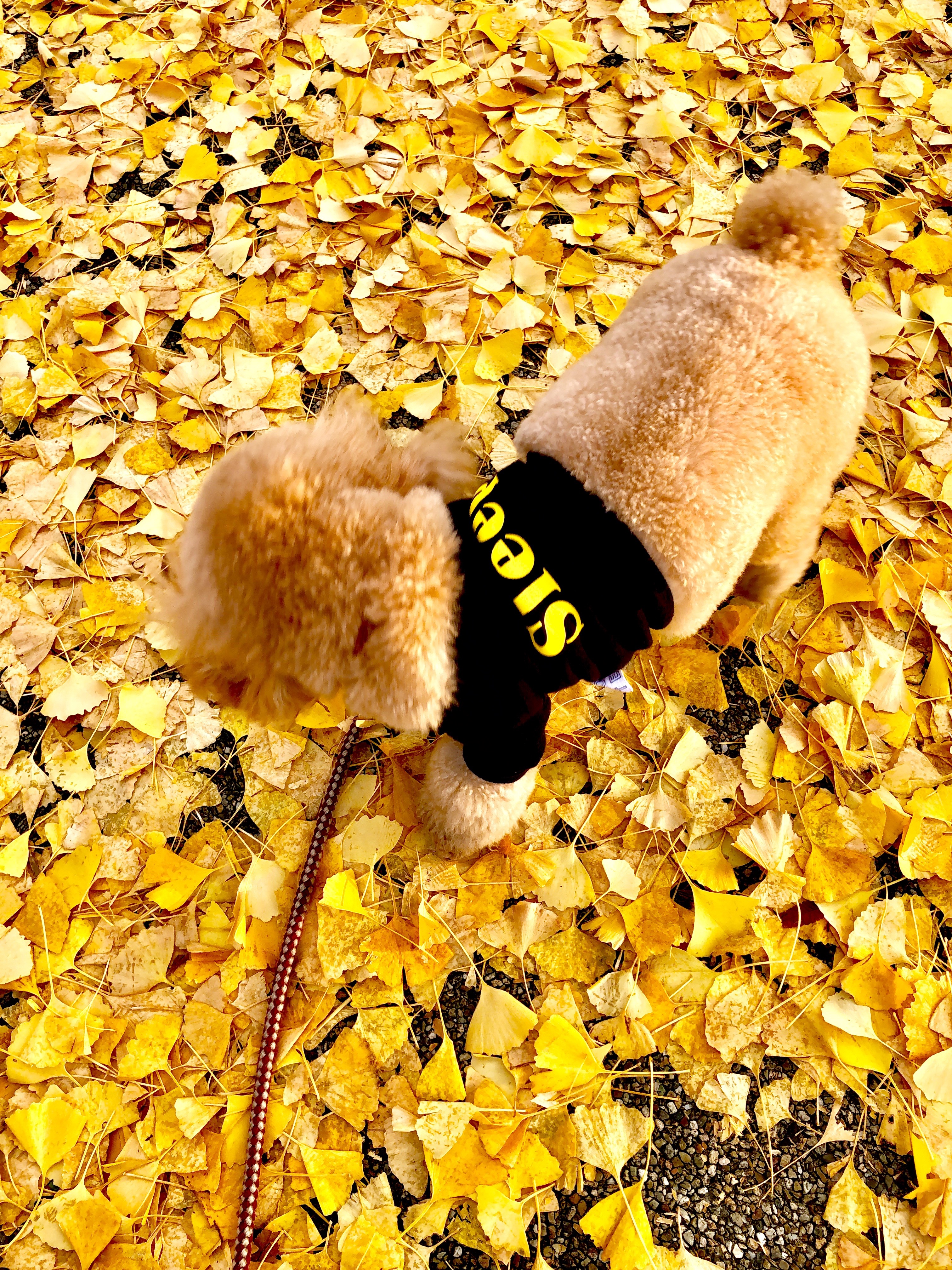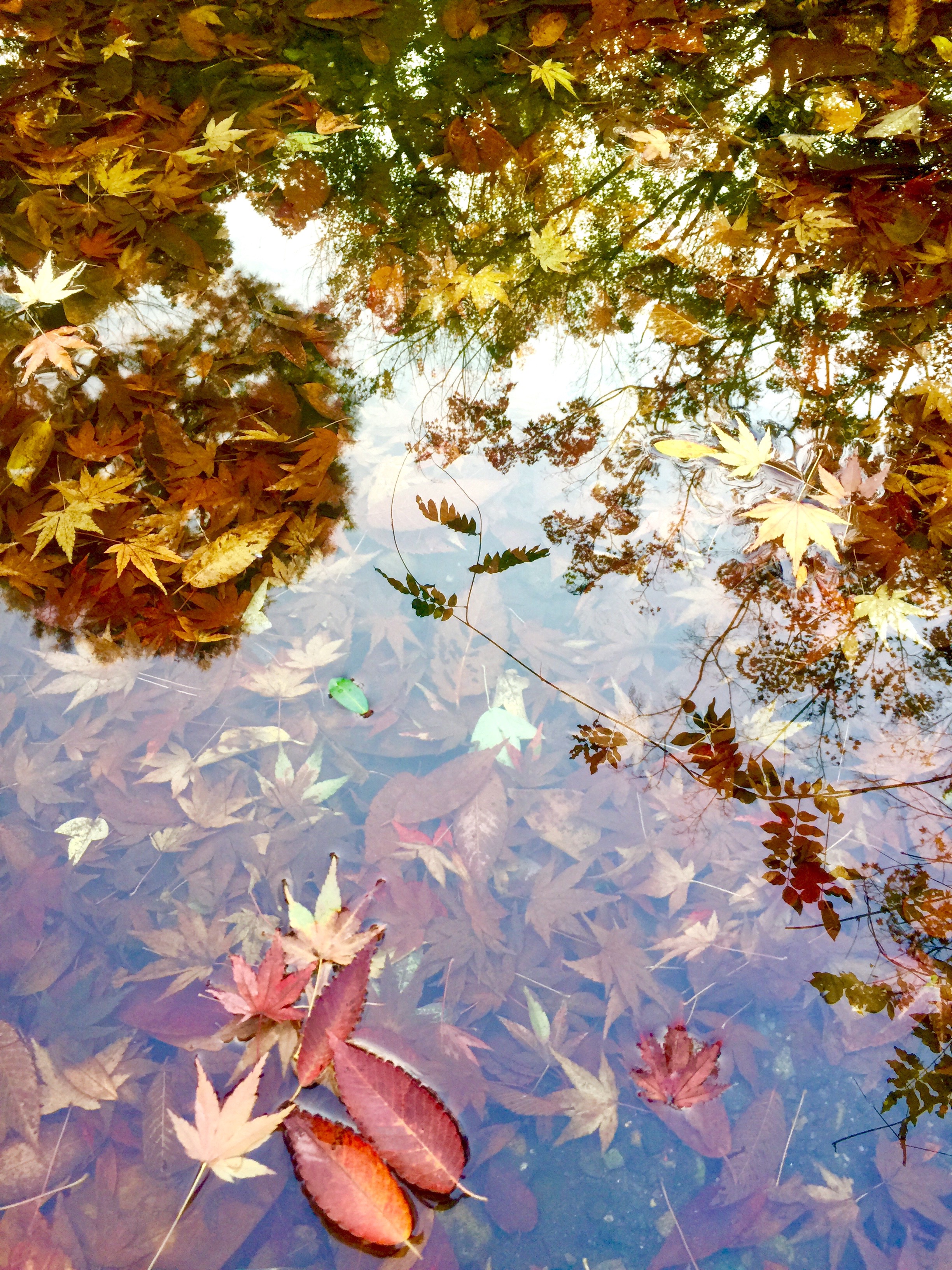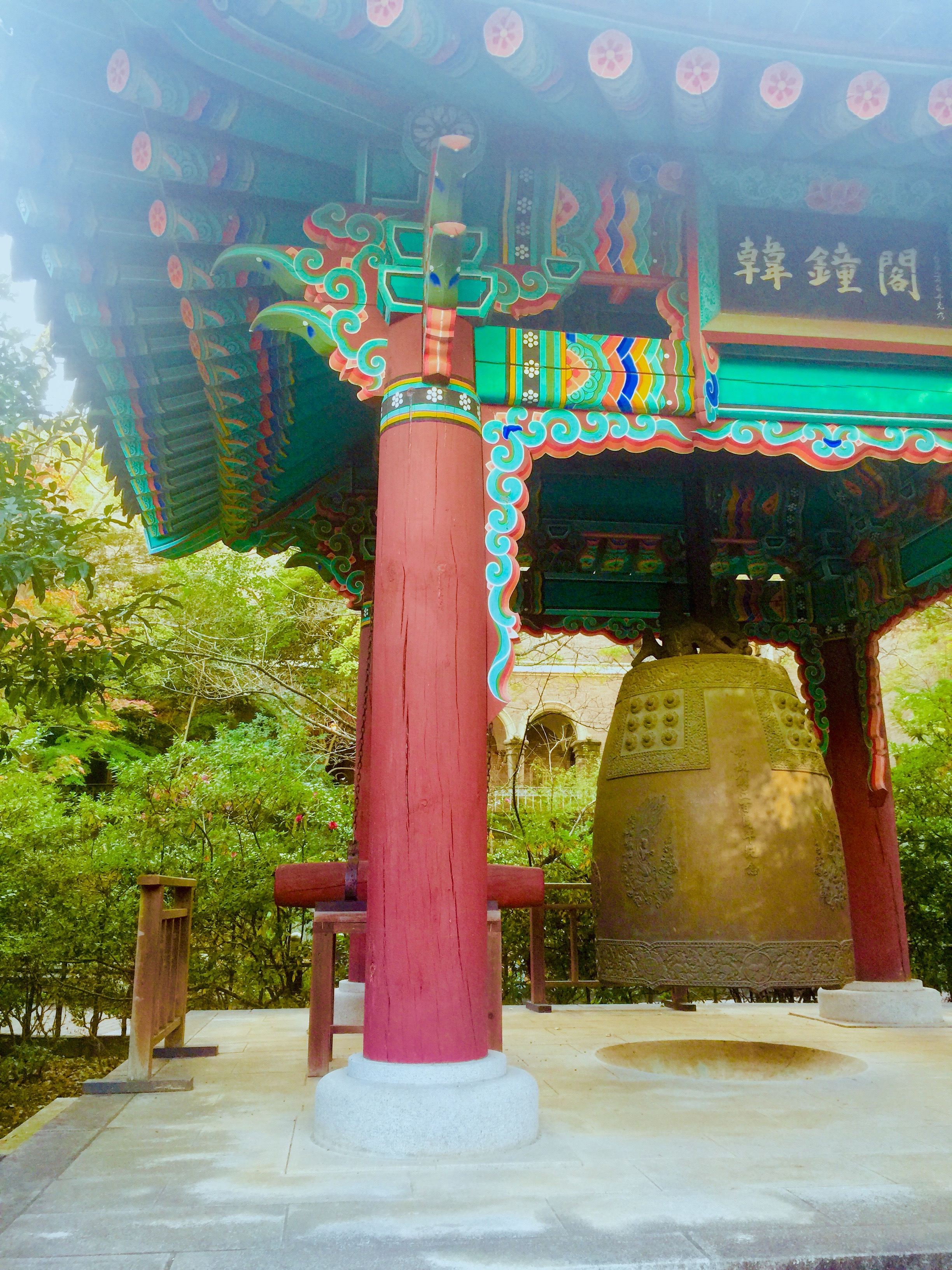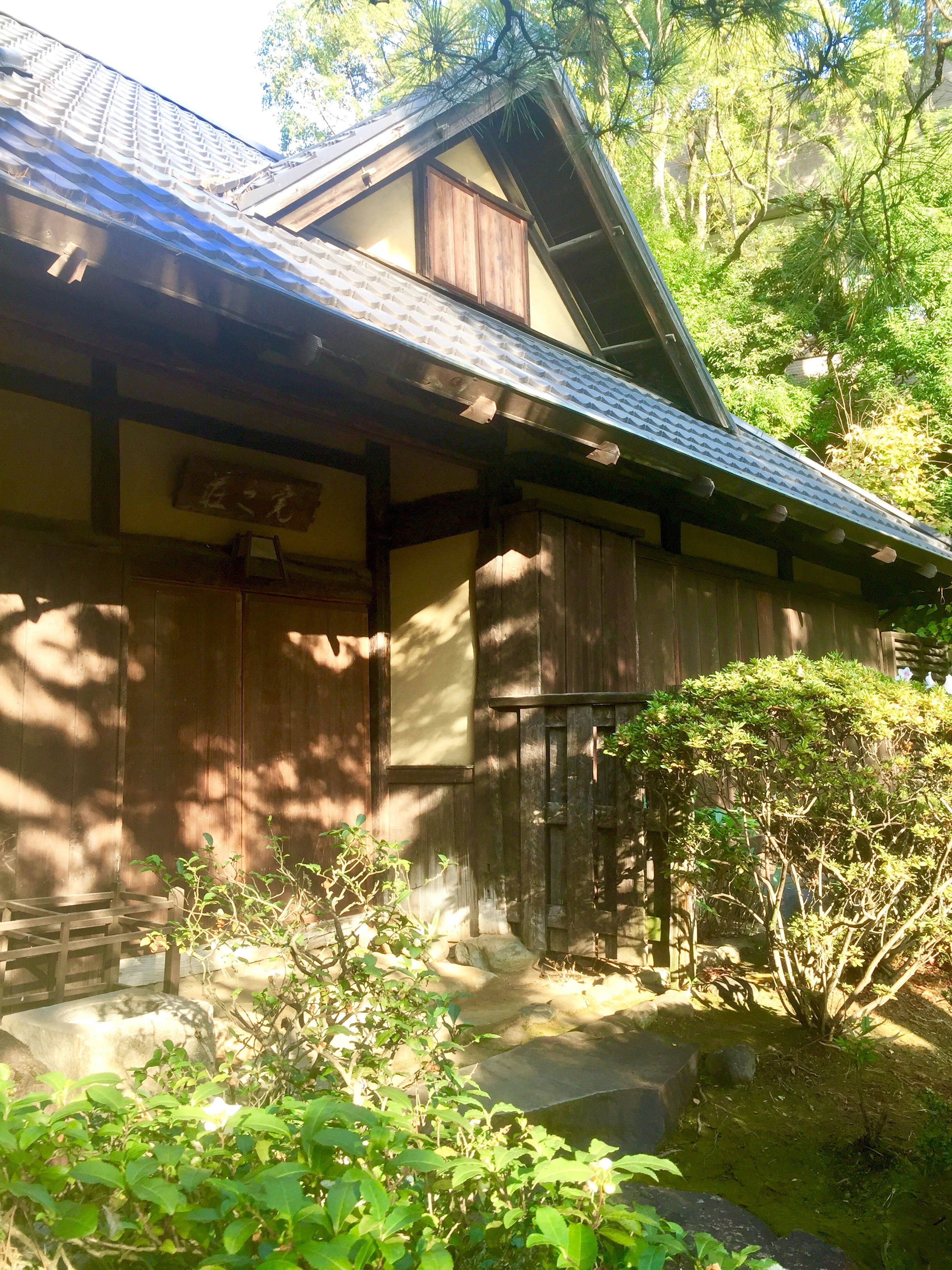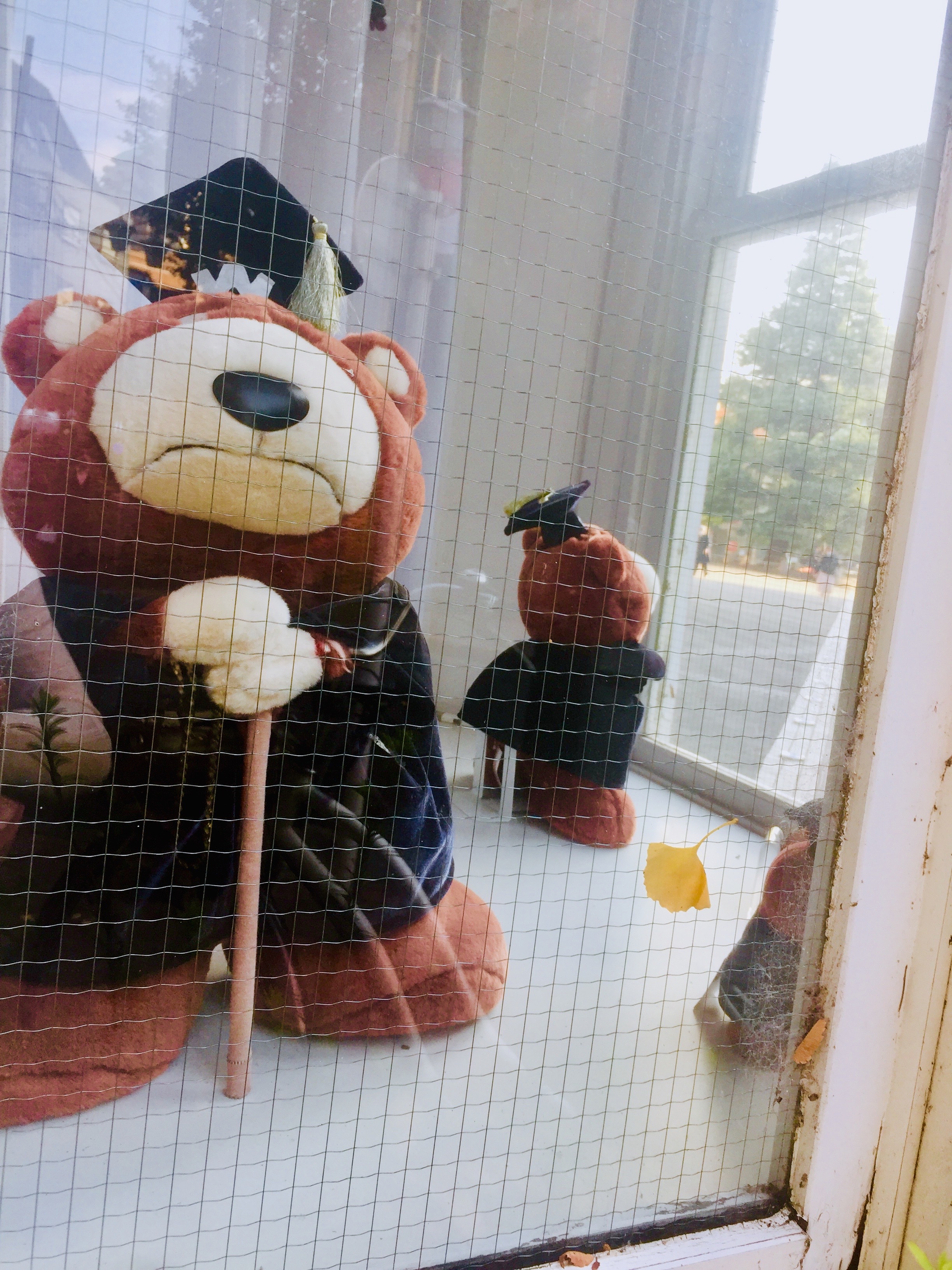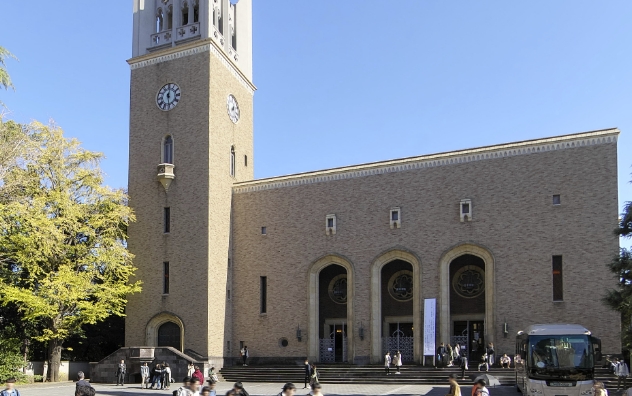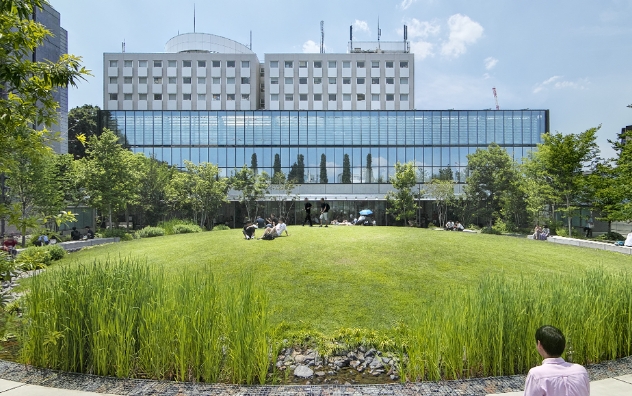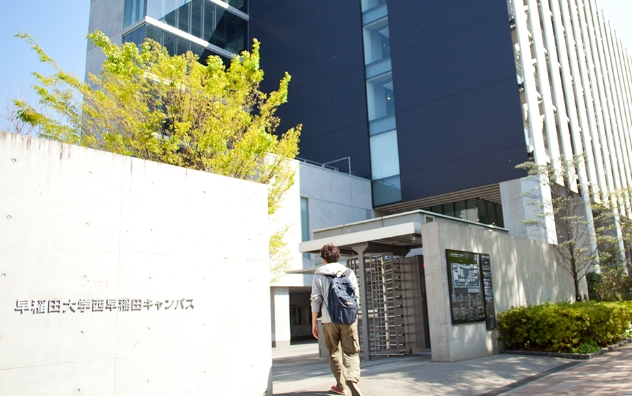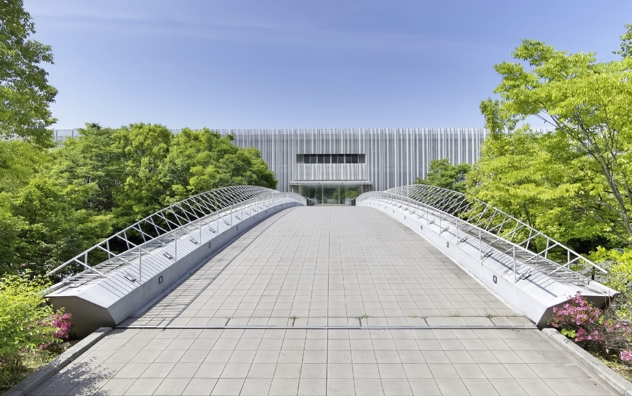Waseda’s Okuma Garden – A haven with history
Wed, Dec 16, 2020-
Tags
Each season in Japan is celebrated for the flourishes of its particular scenic beauty, and Okuma Garden is a treasure trove of these natural jewels. The springtime soil warms up to a pageant of cherry blossoms, azaleas, and wisteria vines, which follow with hydrangeas and floating lotuses boasted by the increasingly hotter months. Camellias bloom as the temperature drops, which is also showtime for the Japanese maple and maidenhair trees. This season is known as koyo, the autumnal phenomenon when the leaves change their color to a vibrant spectrum of yellows, oranges and reds. Nestled in the corner of the main campus, Okuma Garden lies between Okuma Auditorium on one side, and the stately university headquarters and Rihga Royal Hotel on the other. Okuma Garden’s main entrance is directly opposite from Uni. Shop and Café 125, where students, visitors and locals with their toy poodles watch the colorful leaves swirl to the ground.
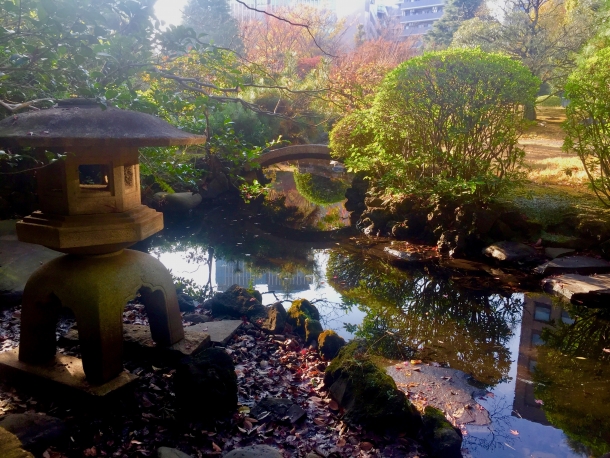
A peaceful spot across the bridge
Okuma Garden, or Okuma Teien, along with the various other places at Waseda bearing the same moniker, is named after Shigenobu Okuma, Waseda’s founder. With influences of Western aesthetic, he remodeled the Chisen Kaiyu style garden in 1884, featuring a pond, artificial hills and an expansive clearing. He planted many kinds of plants, fruits and flowers, including chrysanthemums, orchids and palm trees, and erected a large greenhouse where melons were grown indoors for the first time in Japan. The garden was donated to Waseda University after his passing in 1922, but was seriously damaged by the 1945 air raid during World War II. Having been meticulously restored to its leafy lushness, Okuma Garden is a symbol of regrowth and renewal.
- Enjoying the breeze outside Okuma Auditorium – only assistance dogs allowed inside Okuma Garden!
- A brilliant yellow carpet at the Okuma Garden entrance.
- Momiji reflected from above; leaves floating on the pond and underwater.
A large metal gate and a small pink and white wooden building stand at the path to Okuma Garden, which is the former gatehouse of Okuma’s residence. Largely unscathed from the bombing that destroyed Okuma Garden and most of the property, it is the oldest building on Waseda campus, dating back to 1902. Past the quaint pink building at the entrance of the garden, a bridge leads through a trellis to a sensational array of greenery. Leaves and petals of all sizes and colors decorate the vast profusion of vegetal varieties.
- Korean temple bell donated by the Korean Alumni Association to commemorate 100th year founding of Waseda.
- Kanshiso, with pillars of natural chestnut wood, donated by an alumnus.
- University’s mascot Waseda Bear looking out through the windows of the former Okuma Gatehouse.
Amidst the botanical splendors, Okuma Garden accommodates a variety of structures. From the very small to the considerably sizeable, these include special stones, lanterns, pagodas, bridges, statues, and buildings. Atop a hill at the back of the garden, two bronze statues overlook the grounds. To the right is a statue of Shigenobu Okuma’s wife, Ayako Okuma (1850-1923), and to the left is one of Waseda University’s fourth president, Hozumi Tanaka (1876-1944). Closer towards the entrance is a statue of Confucius, and nearby lies an exquisitely colored belfry, housing a Korean temple bell – a smaller-sized replica of Shotoku-Daiou-Shinkyo. Kanshiso is the name of the wooden structure in the opposite corner of the garden, built in 1952 near the former location of the Okuma residence’s teahouse.
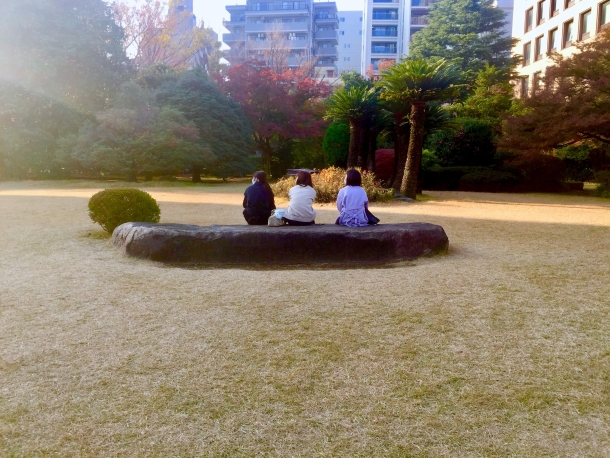
Three students take a break from their Saturday studies.
Okuma Garden attracts many visitors with its peaceful harmony and rich verdancy. Waseda students find it a marvelous spot to take a break between classes or meet friends for lunch. It is a great place to practice preventative measures during the current coronavirus pandemic with a safe, socially distanced meeting.
Information about Okuma Garden
Opening times are Monday to Saturday during regular class schedule, from 9:00 – 17:00 from April to September and 9:00 – 16:30 from October to March. May be closed in case of rain or snow.
*This article was written and contributed by the following student.
Student Contributor
Linda Teresa Klausner
Graduate School of International Culture and Communication Studies


